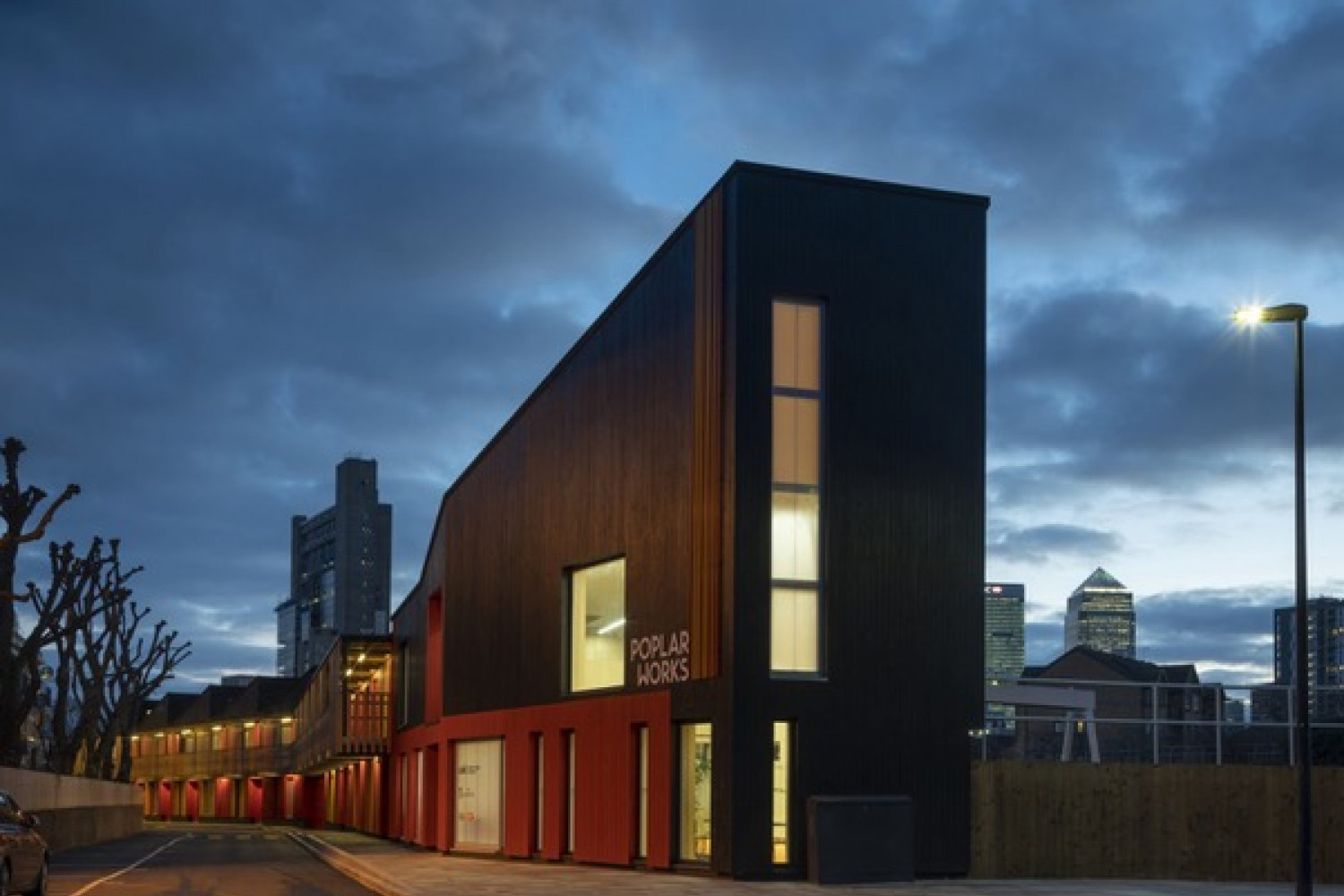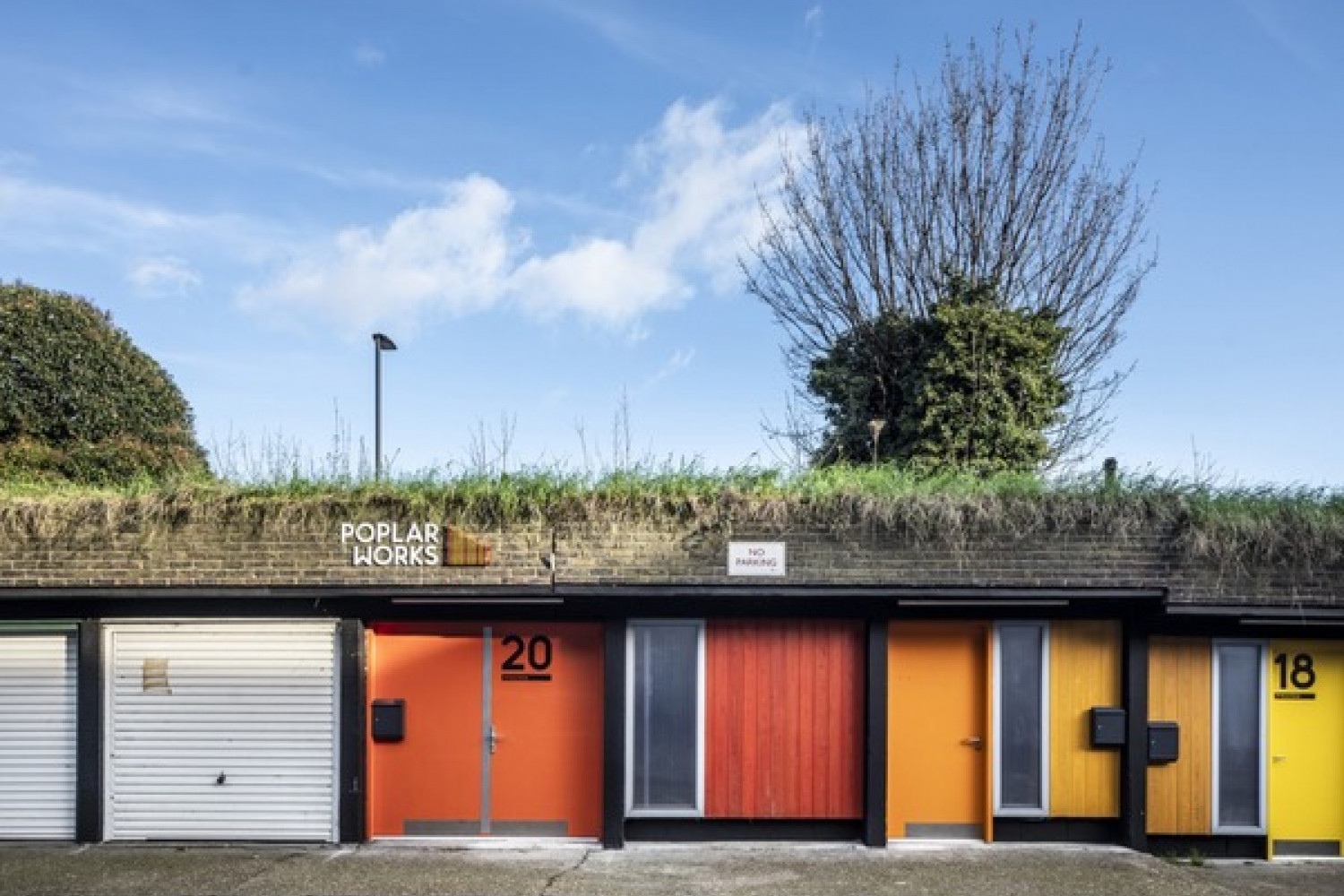
We’ve been reaching out to our network of creative placemaking experts, deep thinkers, and professional creative people to contribute juicy reads on issues that rub up against our world of art and culture.
This week, Caroline Pembroke builds on the concept of the power of fostering a creative common with a call to action for all agents of the build environment: to safeguard space in our cities for artists and art.
Carolina Tötterman’s beautiful narrative around the history of the Chelsea Hotel in New York City in a recent Art Pharmacy journal post is a perfect example of how cultivating an urban communal space for creative practitioners has long-term positive impacts for communities. Places like this not only provide a space for creatives to network and thrive but boost the attraction, and the investment, in the areas in which the creative cluster sare situated.
As Carolina states, today, too many of these types of spaces such as the Chelsea Hotel at the heart of cities around the globe have been converted into high-end creative places; such as “high-tech start-ups, digital agencies and sleek architecture firms”, or blighted by residential development for that matter.
We are pricing out and displacing the artists who cultivated our inner-city neighbourhoods in the first place. The legacy that is left today is neighbourhoods and developments that lack a sense of place and community spirit. Why would a developer in Sydney’s Woolloomooloo lease his or her ground floor space to creative practitioners when he can get a far greater rental return, for say a bulky goods retail store?
All agents in urban development, architecture and city making must pay attention to the concept of ‘artist-led urban regeneration’. This means safeguarding space in our cities for artists and art. Richard Florida, well renowned urban practitioner, coined the theory in the early 2000s that proposed that creativity enables successful urban development. In fact, there is precedent for this: great cities have been created by artists throughout time, think post war New York, swinging London in the sixties or more recently bubbling Berlin. Florida, an advocate for the creative city, has also recently been more mindful around how we can sustain these equalities without succumbing to the process of gentrification. You can access a lot of Florida’s thought pieces online.
Sydney sees itself as an international city, but a devaluing of art and artists’ value is compromising its ability to keep up in terms of positive and sustainable place-making.
If Sydney wants to be a leading global city, it needs to enhance and protect its creative scene. There needs to be a value placed on art. Firstly, there needs to be a mindset shift to drive change, and secondly, we need to consider how the transition to a more strategic planning response in NSW will nurture policies that safeguard space for artists.
In 2018, London Mayor Sadiq Khan initiated Creative Enterprise Zones, a bold initiative to secure a cultural future for London, one that ensures the provision of creative hubs and the retention of artists in the city.
From the bottom up, ‘innovative’ developers are curating art into their development proposals. In East London, an area which has historically hosted mostly industrial land uses, developments such as The Fish Island development collaboration with The Trampery, has nurtured a community with art at its core. Down the road there is the Poplar Fashioning project, a local initiative by a Housing Association (Poplar Harca) to revitalise underutilised car parking spaces into fashion studios and makerspace with some ancillary uses. With the relocation of the London College of Fashion in East London all these projects form part of a wider vision for a fashion hub and creative zone at this location. This is the vision London needs to deliver on in order to see it retain its prominence at the forefront of fashion design and making.
My work supports the concept of ‘artist led urban regeneration’ by aligning our core values to the fact that artists play a huge role in improving the urban condition, contributing to positive and sustainable place-making and evidently supporting the economy.
We are seeing so many City shifts as a result of the pandemic, in particular the need to foster local communities. Supporting a local art project is a great way to start.
Caroline Pembroke Consulting strives to create more liveable places and stronger communities by adding value to projects. She believes development must create mutual and sustained benefits for investors, the community and the environments in which they situate.
Caroline holds a Bachelor of Planning Hons (University of New South Wales), Master of Urban Design and Development (University of New South Wales) and MA Architecture (University of Westminster). Caroline has lived and worked (and drawn inspiration from) Sydney, London, Snowy Mountains Australia and the Hawaiian Islands.




